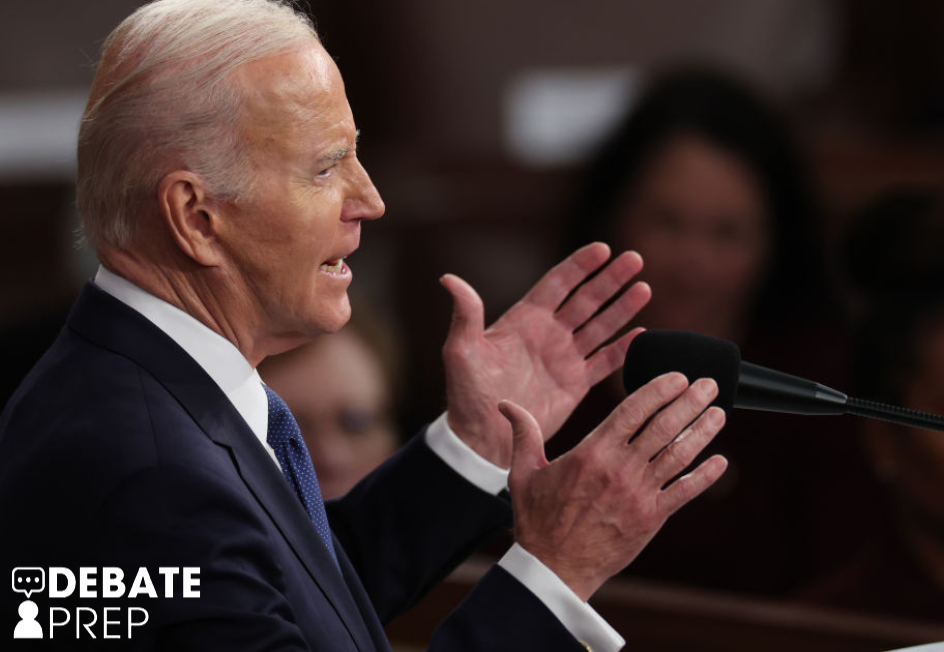This op-ed is part of a series about Forgotten Women—financially insecure women between the ages of 50 and 65—and policy solutions that can offer them hope. Learn more about the Hope Agenda from Independent Women’s Voice here. Originally appeared in RealClearHealth.
Social Security isn’t the only consideration when it comes to retirement security. Many Americans approaching retirement are facing very insecure financial futures. This problem disproportionately affects older women, who have less savings and live longer, on average. Not surprisingly, according to new polling from Independent Women’s Voice, 89% of women say they want leaders to focus on financial solutions for those who can’t find new work, but who also can’t afford to retire.
Lawmakers can do more to help and offer hope: States can better protect public pensions, and federal lawmakers can promote private savings through targeted changes to tax policy.
While most sex-based gaps go the other way, women hold just over half of public pension wealth. This is because women dominate careers in state and local government jobs (including the teaching profession). Women have a lot at stake when it comes to keeping these pension funds financially sound.
But sadly, in recent years, lawmakers in some states have not acted as good fiduciaries of pensioners’ funds. In an effort to virtue-signal, many states have allowed their pension funds to be invested in less-than-optimal ESG funds. ESG stands for Environmental, Social, and corporate Governance, and it is a set of metrics that introduce politics into investing.
Many pensioners (and other Americans) likely support the idea of investing in companies that are socially or environmentally responsible. But a good ESG score doesn’t necessarily translate to real-world good.
In fact, some Chinese companies that use forced labor and have horrific environmental records receive a higher ESG rating than responsible U.S. energy companies. And some Russian state-owned energy firms scored higher than privately-owned American and Canadian oil and gas companies. Are Russia and China really where U.S. teachers and other pensioners want their money invested?
Furthermore, ESG funds “certainly perform poorly on financial terms,” according to the Harvard Business Review. States should be—and in many cases are legally required to be—good fiduciaries of pensioners’ money. To invest in less-than-high-performing funds based on political issues is a violation of trust, one that will have real-world consequences for public pensioners, many of whom are women.
Pensions should be invested based on maximum return on investment. Some states have recently reaffirmed their commitment to this basic principle by outlawing ESG-driven investment with state funds. Other states should follow suit.
The federal government, too, can help boost the retirement security of millions of Americans who lag behind in savings due to time taken out of the workforce for family caregiving. Women comprise 66% of family caregivers, and spend 50% more time providing family caregiving than men, on average. When women (or men) take time out of the workforce to care for their relatives, they miss out on important income and savings opportunities.
Currently, federal law allows people 50 years old and older to make catch-up contributions to their retirement accounts. But a bipartisan bill would allow workers under the age of 50 to do this as well. This would better recognize the reality that caregiving—while deeply meaningful and valuable work—comes with a cost to caregivers’ retirement security. Passing this law may not help those nearest retirement today, but it would send a valuable message and immediately benefit many women just under the age threshold of 50 years.
Social Security reform is an important topic, but it’s really not relevant to Americans who are at or near retirement today. Lawmakers should spend more time considering ways to protect and improve the retirement security of our overlooked forgotten women, many of whom have worked incredibly hard and feel they have little financial security to show for it. Better policy at both the state and federal level can deliver more hope.
Hadley Heath Manning is the vice president for policy at Independent Women’s Voice (iwv.org).






